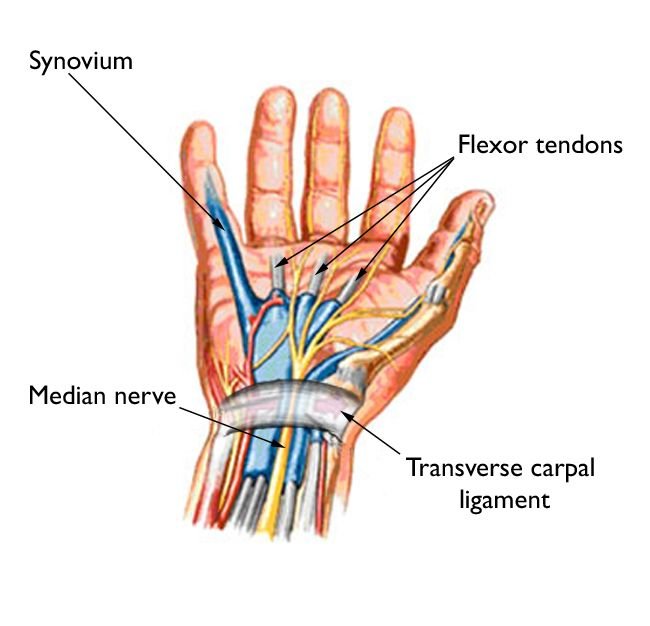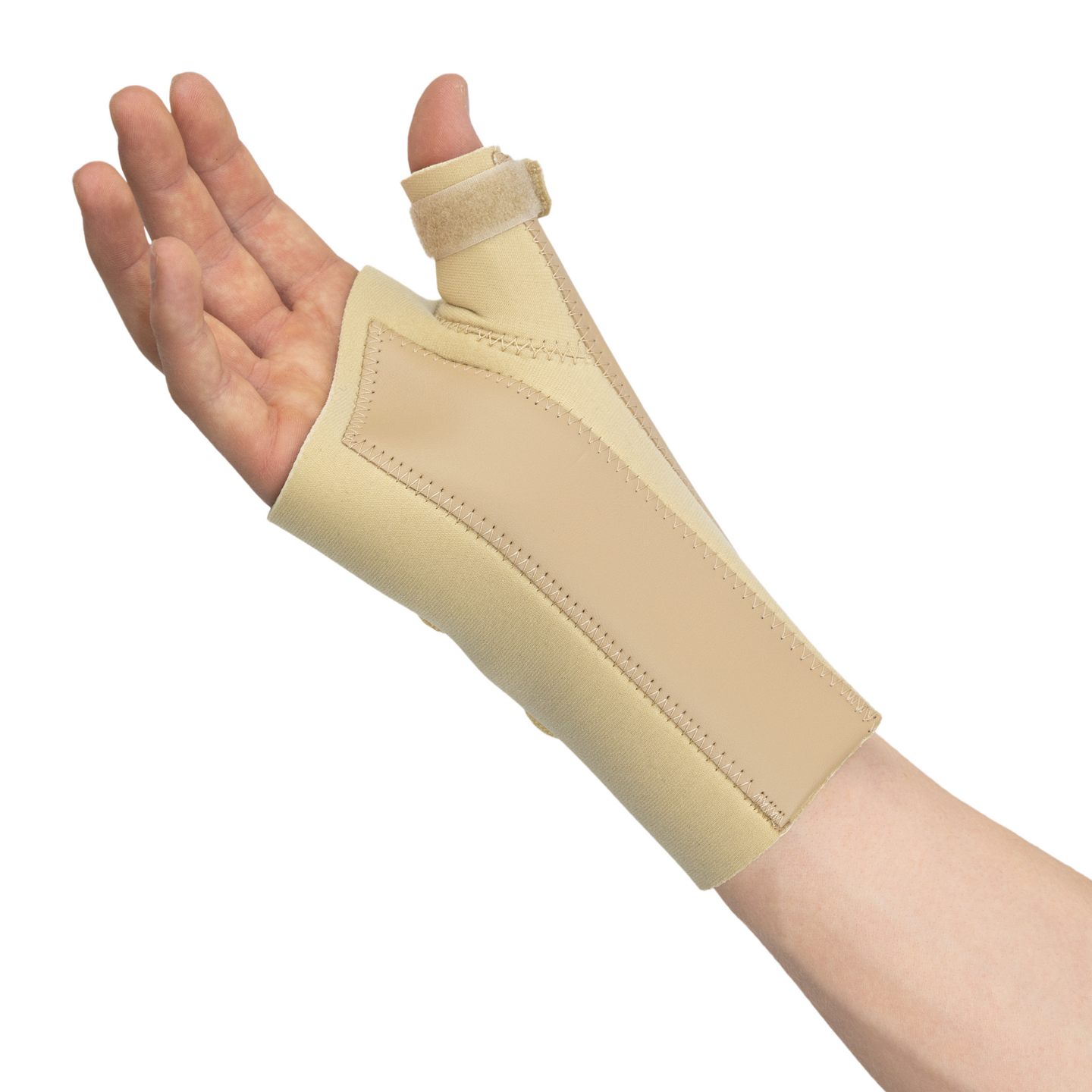Carpal Tunnel Syndrome Rehab
What is Carpal Tunnel Syndrome (CTS)?
CTS is a condition caused by compression of the median nerve as it passes through the carpal tunnel at the wrist. This leads to symptoms like numbness, tingling, pain, and weakness in the thumb, index, middle, and part of the ring finger. It results from increased pressure inside the tunnel due to factors like repetitive wrist movements, inflammation, or fluid buildup.
CTS Recovery Timeline
CTS is not something you want to ignore and hope it goes away. Without Treatment, symptoms may worsen over time, leading to permanent nerve damage, muscle weakness, and thenar (thumb muscle) wasting. Delayed treatment reduces chances of a full recovery, even after surgery.
For mild to moderate CTS symptoms, conservative treatment is the best option, and consists of activity changes, wrist splinting and nerve gliding exercises. Symptoms often improve within 4–6 weeks, with progress continuing up to 3 months. Pain and numbness usually ease first. For severe CTS, surgery may be required.
Activity changes
Typical activities causing CTS involve repetitive wrist and hand motions or sustained wrist positions, such as:
Prolonged typing or computer use
Using vibrating tools
Repetitive gripping or pinching tasks
Manual labor with frequent wrist movement
Long periods of driving or smartphone use
In particular, for people doing lots of computer work, there are a few variations in keyboard and mouse design that you can consider to help reduce the pressure on your wrists.
1. Split, Adjustable-Angle Keyboard, e.g.
2. Tented Keyboard, e.g.
3. Low-Force Keyboard, e.g.
4. Vertical Mouse, e.g.
5. Trackball Mouse, e.g.
6. Contoured Mouse, e.g.
2. Wrist Splinting.
Research has shown that using wrist splints can help with recovery. The basic idea is that the splints keep the wrist in a more neutral position, where there is less pressure on the median nerve. If your work means you can’t use a splint during the day, there is evidence that even just wearing a splint at night has benefit. Research ( 1, 2) has shown that the best type of splints are ones that keep your wrist level and also include something to keep the base of your thumb supported (called a metacarpophalangeal (MCP) joint support).
There are inexpensive splints available commercially, like this one;
Carpal Tunnel Syndrome Wrist Splint
3. Median Nerve Gliding Exercise
Multiple studies ( e.g. 1, 2) have shown that exercises which gently glide the median nerve through the wrist can help reduce CTS symptoms. These exercises seem to work better if combined with splinting of the wrist. One piece of research showed that median nerve can move around 12mm when doing these techniques.
Perform this exercise up to 4 times daily, especially before activities that worsen symptoms. Move slowly and pain-free, holding each position for a couple of seconds, and repeat 5–10 times per session.
Carpal Tunnel Syndrome Median Nerve Glide Exercise
Osteopathic treatment can effectively support recovery from carpal tunnel syndrome (CTS), especially when combined with exercises like median nerve glides. Osteopaths use hands-on techniques—such as myofascial release and joint mobilization—to relieve soft tissue tension, improve circulation, and enhance nerve mobility. By addressing contributing factors beyond the wrist, including posture and tension in the neck or shoulder, osteopathic care creates a more favorable environment for healing. This whole-body approach can improve outcomes and support long-term symptom relief.
Cliff Russell, Registered Osteopath, Osteo Studio








